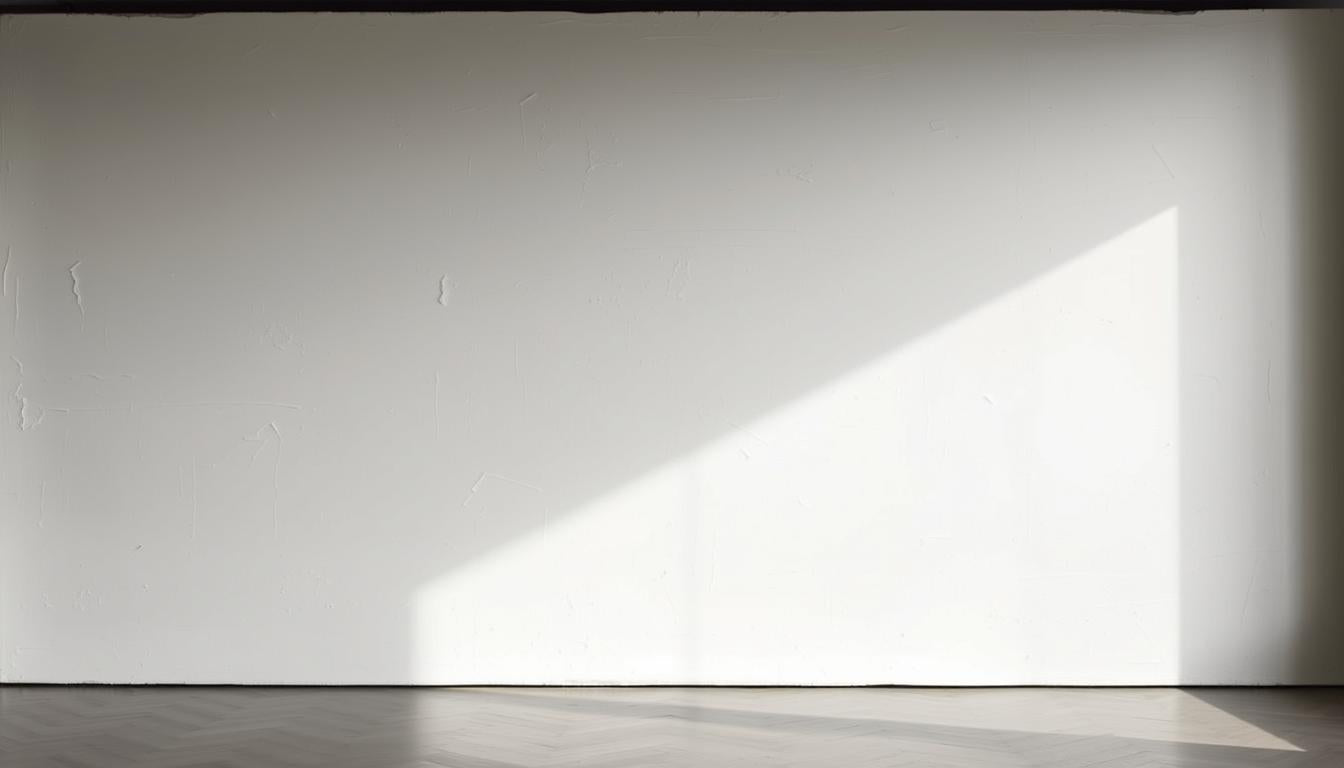Can a single phrase capture the spirit of our time and change the way people think? That question pulls us into how language and culture meet.
In plain terms, this term names a phrase tied to today. It gains life when it reflects current events, trends, or the shared sense of a group.

In speech and art, the label connects to time and context. In the art world it also points to an ongoing cultural conversation.
We’ll sketch how the concept works, note the difference between calling someone a contemporary and calling language contemporary, and offer a simple way to judge freshness without hard cutoffs.
Key Takeaways
- Contemporary phrases reflect what matters in the present time.
- In language, context defines currency; in art, conversation matters.
- Freshness depends on audience and spread across media and platforms.
- Being current does not always mean informal or slang.
- Use context to decide if a phrase fits your intended way of speaking or writing.
Definition and core meaning of “contemporary” in expressions
Phrases gain force when they mirror what people live through today. That link to the present gives an expression its immediate charm and reach.
Plain definition: with the present
In plain language, this term means "with the present" — tied to the day-to-day use and shared references that make sense to an audience now.
Dictionary view: adjective and noun
Major dictionaries list the word as an adjective for things that exist or happen now and as a noun for people of the same era. This double role matters in both speech and art history.
When an expression counts today
An expression counts if it is timely, widely understood, and in active circulation. Its nature can shift as social media, events, and technology change what people mean by certain phrases.
- Timely: used by many in the present.
- Understandable: needs no long historical notes.
- Active use: appears in conversation, media, or art works.
- Relevant: reflects the moment's history and shared references.
What is a contemporary expression? Usage in modern language
A phrase can start in a gallery note and soon appear in a news headline.
Traits: These terms show current usage, matter to society, and shift with new events and tech.
Active use means phrases appear in reviews, captions, and program notes for art shows. They travel from artist talks to online feeds and newsroom copy.

How meaning evolves
Words pick up new shades as people in different places and professions apply them. That change links language to themes like identity and technology.
Examples in media and institutions
Museums and galleries often label works, pieces, and video programs with present-tense phrasing to signal relevance. A painting review or curator note can make a term familiar fast.
- Contemporary artists and communicators often coin or popularize concepts.
- Short life cycles: niche notes can scale into common speech.
- Tip: prefer clear wording and check reputable museums for tone and use.
Contemporary vs. modern: clearing up a common confusion
At first glance the two labels look interchangeable, but their histories diverge in useful ways.
Language nuance often lets people use modern and contemporary as everyday synonyms. In casual talk that causes no harm. In the art world, however, specialists attach timeframes and concepts to each term.
Everyday synonyms vs. specialist distinctions
In plain speech both words suggest recent or up-to-date work. Museums and critics, though, usually map modern art to roughly the 1860s through the mid-20th century, with major shifts after World War II and around the 1960s. Contemporary art generally refers to work from the 1970s onward in a globally linked, tech-aware context.
Modern art (historical) vs. contemporary art (present)
Modern art often focused on how to represent subjects and experimented with form across many art movements. Contemporary art tends to question the notion of what counts as an artwork, using new media from installation to video.
"Modern challenged representation; contemporary questions the artwork itself."
Museums sometimes group shows under labels like Modern and Contemporary Art because timelines blur and collections evolve. A single artist may produce early work tied to modern movements and later work that joins current debates.
For practical use, follow a museum's gallery titles, wall labels, or collection notes to decide which era a particular work belongs to. For further reading on how curators frame these divides, see this short guide: understand modern and contemporary art.

Context from contemporary art: timeframes, themes, and the art world
To place work in time, look for clear markers in practice, medium, and idea.
Time markers:
Postwar to late 20th century
Many institutions trace major shifts to the post-World War II era and the 1960s. That bridge leads into work from the 1970s and the late 20th to 21st century.
Materials and forms
Artists now use diverse materials and ideas. From conceptual art methods to video, digital tools, and installation, the toolkit keeps expanding.
Themes and venues
Common themes include identity, globalization, technology, time, and memory. Museums, commercial galleries, non-profits, and artist-run spaces host this range of work.
| Timeframe | Materials | Themes | Where |
|---|---|---|---|
| Post-World War / 1960s | Painting, objects, early installation | Society, form, memory | Museum departments |
| 1970s → 21st century | Conceptual art, video, digital | Identity, globalization, tech | Galleries, artist-run spaces |
| Now | Code, performance, mixed materials | Institutional critique, migration | Non-profits, hybrid spaces |
Takeaway: When you visit museums or galleries, note the materials listed and the stated ideas. Those clues help decode what the works aim to do in the present moment.
How to recognize and use contemporary expressions today
Start by noticing how museums and galleries name works; that naming often births wider language use. Labels, program notes, and captions show the terms people then borrow.
Clues in usage: current terms, evolving concepts, and cultural moments
Look for phrases that appear across shows and press. If artists and contemporary artists title pieces the same way, that repeat signals uptake.
- Frequency: a term in wall text, catalog copy, and video captions tends to spread fast.
- Context: does the wording map to present-day themes or concepts in the art world?
- Clarity: people outside your niche should grasp the sense without long footnotes.
Try this quick process: draft a simple form, define any special objects or methods, then test the phrase in one short piece. Collect feedback and reuse the strongest wording.
"Keep phrasing direct and public-facing; clarity beats novelty when you want ideas to travel."
- Is the term current in museums and media?
- Does it fit works like painting, installation, or digital pieces?
- Will it read clearly beyond specialist readers?
Tip: iterate. Pilot, learn, and scale what resonates to match the work and the audience.
Conclusion
In summary, the life of a phrase depends on how artists, writers, and institutions keep it in play. Contemporary art, from the 1970s to the present, shows how movements change across the century and how work shifts with new media and colors.
Use museum and gallery cues when you need tone or currency. Let artist statements and program notes guide your choice of wording so your language feels useful to people today.
Practical habit: test short wording, gather feedback, and update often. For help crafting an effective ending, see this conclusion guide.
Enhance Your Space with Unique Modern Masterpieces
Are you inspired by the innovative mediums and conceptual depth highlighted in our exploration of contemporary art? You’re not alone! Today’s art enthusiasts are seeking cultural relevance and emotional connections in their artwork. However, finding pieces that resonate with modern themes and fit your unique style can be a challenge. That’s where we come in!
At Rossetti Art, we specialize in canvas prints, original paintings, and modern sculptures that celebrate the spirit of now. Each piece created by Chiara Rossetti brings a personal touch that connects deeply with current social narratives—just like the modern masterpieces discussed in the article. Don’t miss out on the chance to elevate your home decor with breathtaking artwork that speaks to your values and aesthetic. Explore our collection today and find your perfect piece! Act now, and transform your space into a gallery of inspiration!
FAQ
What does the term mean when applied to language and ideas?
It refers to words, phrases, or concepts that belong to the present time and reflect current society, culture, and technology. These expressions catch on in everyday speech, media, and public conversations because they respond to ongoing events, trends, or debates.
How do dictionaries treat the term as adjective and noun?
Dictionaries typically define it as an adjective meaning "belonging to the present" and as a noun for people or things that exist at the same time. In usage guides you’ll see emphasis on temporal relevance—something labeled this way signals connection to now rather than a historical period.
When does an expression count as tied to the present?
An expression qualifies when it’s widely used, understood by a broad audience, and linked to current events, technology, or social concerns. Uptake by media outlets, museums, and public discussion helps establish its currency.
What traits mark language that belongs to today’s world?
Look for active usage, fast evolution, and social relevance. These expressions often emerge from popular culture, academic debate, or tech developments. They adapt quickly, gain new meanings, and sometimes fade fast as contexts change.
Can you give examples from media, museums, and galleries?
Sure. In media you’ll find phrases tied to social platforms and streaming culture. In museums and galleries, language around installation, interdisciplinary practice, and participatory projects reflects current curatorial priorities and public engagement.
How does this differ from the word modern?
In everyday language, they can seem interchangeable, but experts draw a line: modern often names a historical period and specific movements, while the other points to the present moment and living practices.
What’s the distinction in the art world between modern art and present-day practice?
Modern art usually refers to work from roughly the late 19th century through mid-20th century with defined movements like Cubism or Abstract Expressionism. Present-day practice covers post-World War II developments, conceptual art of the 1960s onward, and contemporary artists working with new media and ideas now.
Which time markers help place art and language in recent history?
Key markers include the post-World War II era, the cultural shifts of the 1960s, late 20th-century globalization, and rapid 21st-century digital change. Each period introduced new questions, materials, and ways of working.
What materials and forms are common in today’s practice?
Artists use diverse materials: found objects, performance, video, digital tools, and immersive installations. Conceptual approaches prioritize idea over object, while technology enables interactive and networked works.
What themes dominate current creative and public conversations?
Identity politics, migration, climate change, digital life, memory, and global connections are central. These themes shape language and drive new expressions and terms in journals, galleries, and public spaces.
Where do living artists show work today?
You’ll find work in major museums like the Museum of Modern Art or Tate, commercial galleries, biennials, and artist-run spaces. Online platforms and virtual exhibitions also extend reach and influence language.
How can I spot an expression as belonging to the present?
Check its usage across news, social media, and cultural institutions. If a term appears in current exhibitions, journalism, and everyday speech and adapts quickly to new contexts, it likely belongs to today’s lexicon.






Leave a comment
This site is protected by hCaptcha and the hCaptcha Privacy Policy and Terms of Service apply.